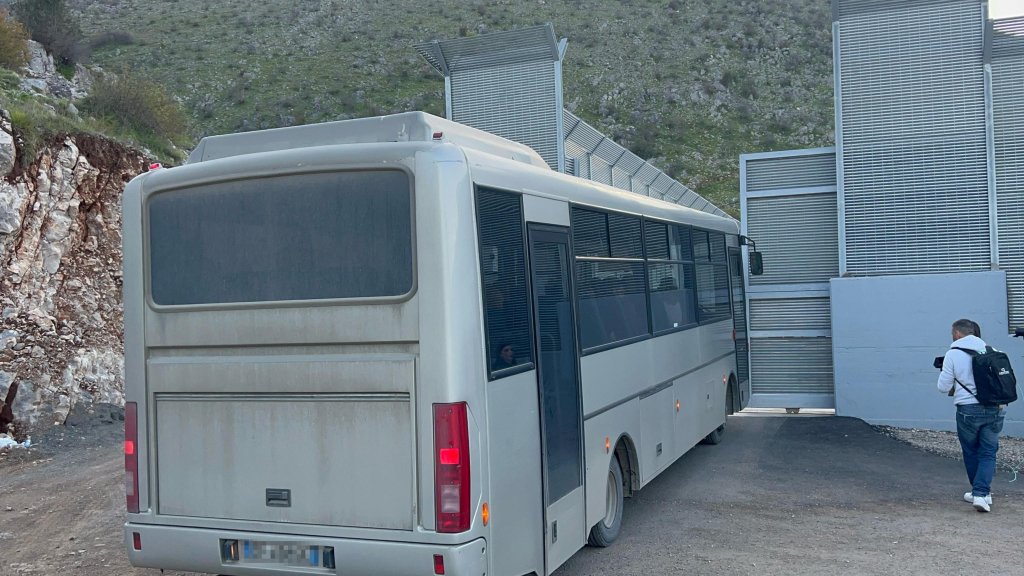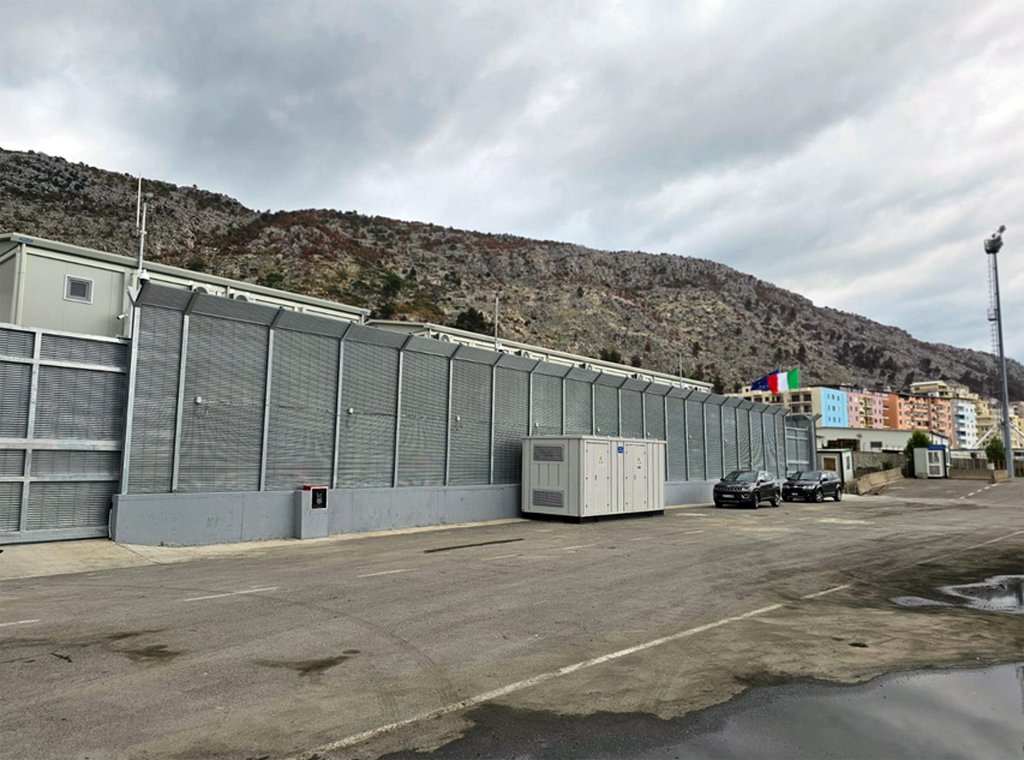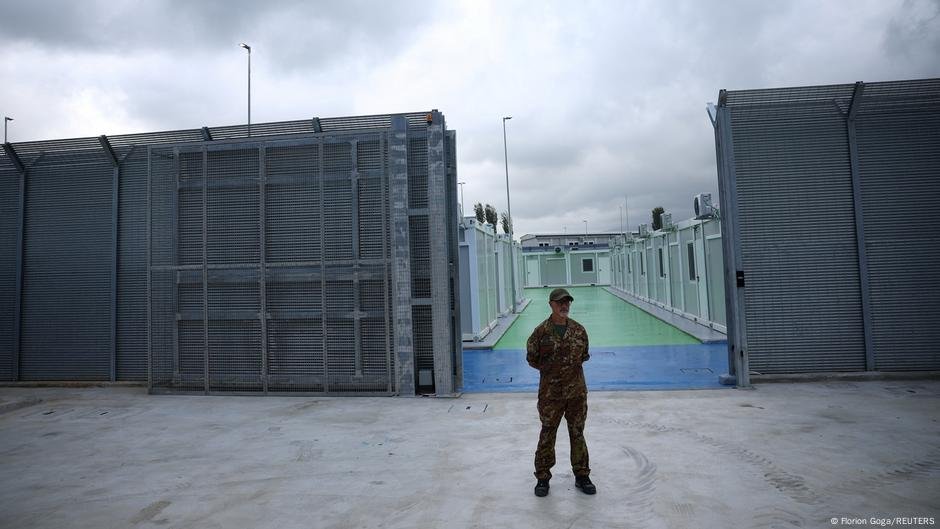
This investigative report dives into the systemic and operational issues surrounding the Gjader center, drawing from eyewitness testimonies, statements from civil society coalitions like Tavolo Asilo e Immigrazione (TAI), and legal analysis. The goal is to present a comprehensive overview of the concerns, their implications, and what they reveal about broader European migration policy trends.
Indepth Reports Investigations Team
On April 11, 2025, Italy executed the transfer of 40 migrants to a newly established repatriation center in Gjader, Albania. These individuals had already received deportation orders and were held in Italian Repatriation Centers for Detained Migrants (CPRs) before their relocation. While the initiative was presented as a novel bilateral cooperation between Italy and Albania to manage migration flows more efficiently, human rights organizations and migrant policy coalitions are raising red flags.
The Context of the Italy-Albania Agreement
In an effort to manage increasing migration pressures, Italy signed an agreement with Albania in late 2024 to establish an off-site repatriation center. Gjader, a remote area in Albania, was selected for the facility. The move was controversial from the start, raising ethical and legal questions about outsourcing the detention and processing of migrants.
Italian Prime Minister Giorgia Meloni defended the measure, stating:
“This is a necessary step to safeguard our borders and ensure that migration policies are not overwhelmed by chaos and disorder.”
However, opposition parties and human rights advocates questioned the legality and morality of transferring migrants outside the EU jurisdiction, especially into a non-EU country like Albania.
Alarming Reports from the Ground
Tavolo Asilo e Immigrazione (TAI), a coalition of NGOs focused on asylum and migration, sent a team to monitor the operations at Gjader. Their findings are deeply troubling and suggest systemic violations of human rights.
According to TAI:
“Some of the people transferred engaged in acts of self-harm, there are difficulties accessing legal assistance, there is the absence of clear preventative communication regarding forced transfers, and methods of transportation not respectful of human dignity were observed and reported.”
These are not isolated incidents. TAI documented multiple cases of migrants experiencing psychological distress, exacerbated by sudden relocations and a lack of legal clarity.
A spokesperson for TAI stated:
“It is emblematic that people were made to travel and then disembarked with their hands tied, in violation of the regulations on the transfer of those deprived of personal freedoms.”
The sight of migrants arriving in Albania bound by restraints painted a chilling picture that contradicted Italy’s assurances of a humane and rights-respecting process.

Legal and Ethical Implications
The core concern raised by TAI and other legal observers revolves around the opaque criteria used to select the 40 individuals for transfer. TAI noted:
“It is a very serious thing that, even now, the basis for the transfer to the Gjader repatriation center for the group of the 40 people selected is not known.”
Italian government sources vaguely mentioned that some members of the group posed a “social danger.” But if true, this introduces a host of legal complications.
“If, in reality, the forced transfer to Albania is a punitive measure against those considered dangerous, this would be a very serious matter and entirely illegitimate.”
Legal experts argue that such transfers could constitute double punishment—first through serving legal sentences in Italy, then through deportation to a third country under uncertain legal standards.
“No type of criminal typology can be configured beyond what is expressly provided for by the law,” TAI stressed.
This lack of transparency threatens the rule of law and raises questions about whether the Italian judicial system is being circumvented.

Conditions at the Gjader Center
Eyewitnesses and human rights monitors describe the Gjader center as under-equipped to handle the psychological and legal needs of the detainees. One monitor said:
“The infrastructure is rudimentary, and there’s a glaring absence of trained personnel capable of providing legal aid or mental health support.”
Moreover, migrants were reportedly kept in prolonged isolation and were not given adequate information about their rights, legal status, or duration of detention.
A former detainee, speaking under anonymity, shared:
“We were taken without knowing where we were going. When we arrived, we were locked in rooms with barely any communication. Some men started hurting themselves after a few days.”
This testimony corroborates reports of self-harm among detainees—a severe indicator of institutional failure.
European and International Reactions
The Italian-Albanian arrangement has drawn criticism from several quarters of the European Parliament and human rights organizations such as Amnesty International and Human Rights Watch.
The European Council on Refugees and Exiles (ECRE) released a statement:
“This extraterritorial approach to migration control is a dangerous precedent that undermines the EU’s human rights framework.”
Meanwhile, the UNHCR expressed concern over the compatibility of such practices with international conventions, including the 1951 Refugee Convention.

A Fragile Legal Framework
Legal scholars suggest that the framework underpinning the Gjader center lacks robust safeguards and clarity. There’s a fundamental legal tension in detaining individuals in a non-EU state based on EU legal instruments.
Professor Lorenzo Mazzetti of the University of Bologna commented:
“We are entering a gray zone of legality. These transfers risk creating legal limbos where individuals are neither fully protected under EU law nor clearly subject to Albanian jurisdiction.”
This ambiguity undermines legal accountability and sets a precedent that could be replicated in other EU border states.